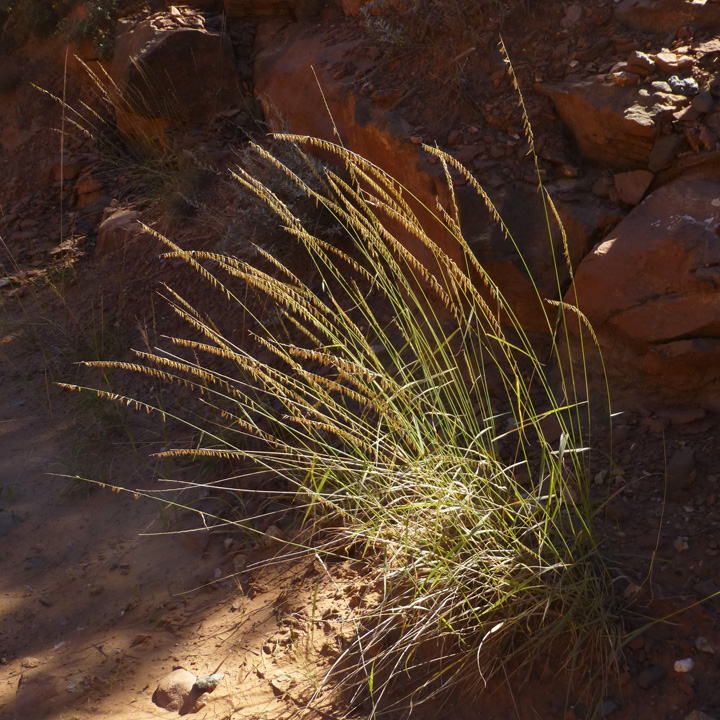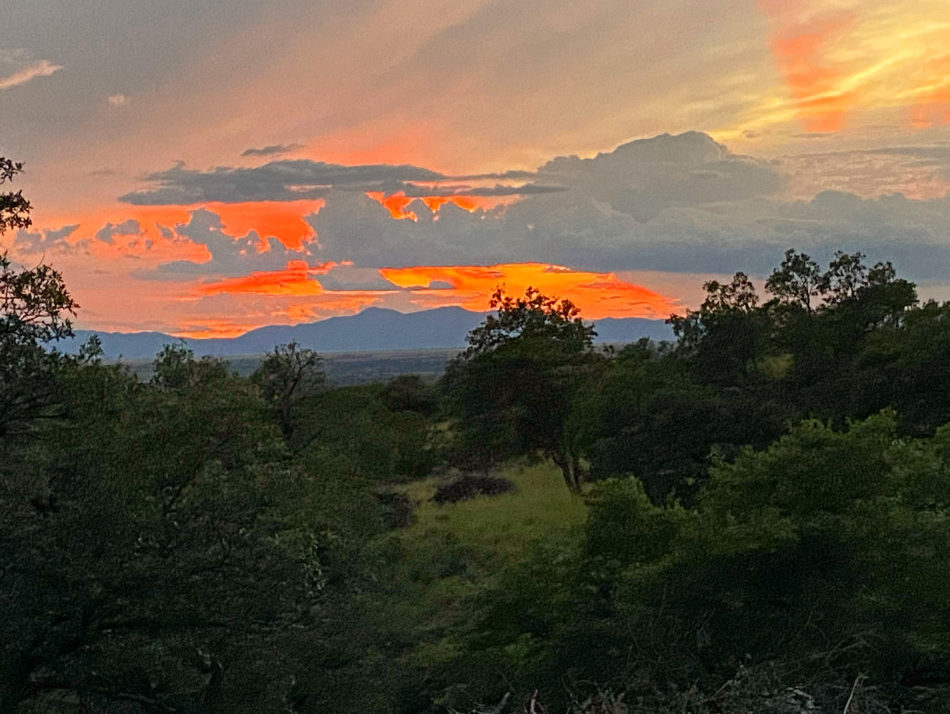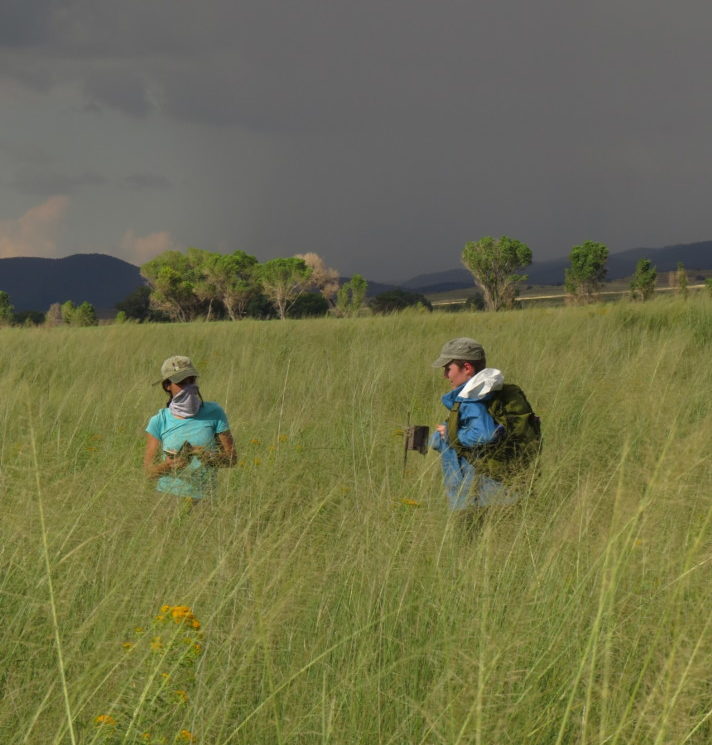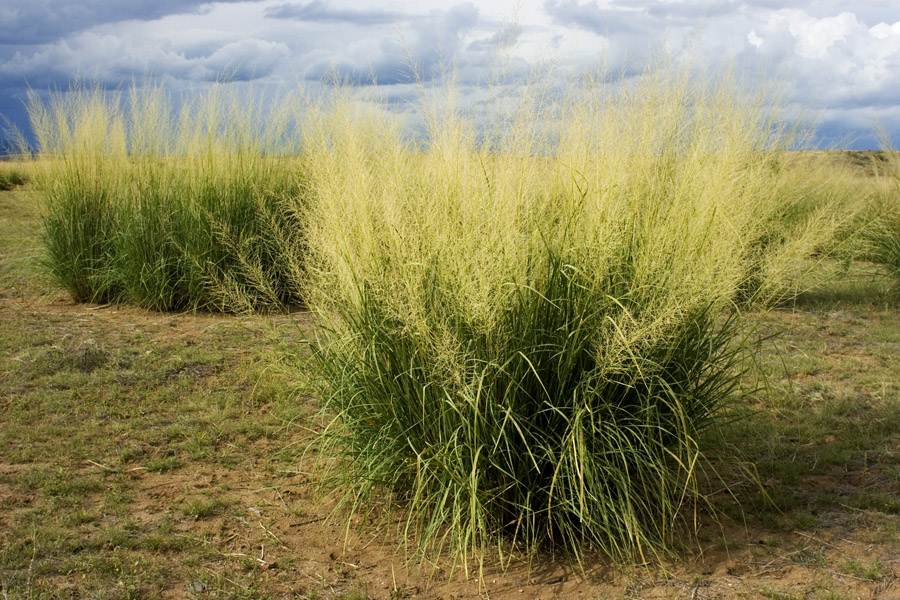I’ve always loved plants, but it wasn’t until I adopted a vegan diet that I started to see plants as separate from each other instead of one big sea with fifty shades of green (or uninspiring brown, depending on the time of year). After moving to the Sky Island region from Minnesota, where everything is either very green or covered in snow, I was blown away by the variety of flora species I could find at any given location and elevation in the Sonoran Desert and Sky Islands.
I have now spent over a year visiting, almost weekly, the San Rafael Valley. This valley is located between the Patagonia and Huachuca Mountains and spans over 20 miles of the U.S.-Mexico border. At an elevation of between 3,500 and 5,200 feet and receiving only around 17 inches of rain annually (source: AZ State Parks), the valley is made up of mostly grasslands and shrubs, with canyons occasionally dotted by mesquite and oak—and sometimes cottonwood and sycamore.
The San Rafael Valley has unmatched beauty. It may not have the charm of rolling mountains, but it is full of hills and canyons that contain many secrets (e.g., cow bones, sparkling rocks, shady havens for a picnic lunch) while still offering flat vistas from which you can see for miles in all directions. Any almost any given point, you can easily see the Huachuca Mountains and Canelo Hills to the east, the Patagonia Mountains to the west, and the Sierra Madre Occidental to the south in Sonora, Mexico.
After a year of visiting the valley, I picked up a plant identification book, determined to take a sampling of the flora that grows in the valley’s grasslands. It turns out winter is a rough time to identify anything, as most of it has shriveled or turned golden in the sun, but here’s just a few of the plants I managed to identify as I wandered through the valley, jumping out of the truck any time I saw something new.
For part one, we’ll start with a sampling of grasses I’ve found in the valley.
Lehmann lovegrass:
Ah Lehmann lovegrass (Eragrostis lehmanniana), the bane of many conservationists. This lovegrass originated in Africa and is an invasive species that has overtaken large sections of the San Rafael Valley due to overgrazing. It thrives in flat areas—less so along sloped ground.
Lehmann lovegrass quickly overtakes native grass populations and is hard to control. It can be identified by its tall, narrow strands and sparkler-like seedheads.

Photo credit: Max Licher. Retrieved from SEINet Portal Network, 2021. Swbiodiversity.org/seinet/index.php.
Cane beardgrass:
I first met Cane beardgrass (Bothriochloa barbinodis) while out in the field with SIA staff Bryon Lichtenhan. He hopped out of the truck to pluck up a handful of seeds, which he gave to me with the instruction that I rub them between my fingers. Out from the crushed seeds came a scent that most people would describe as blueberry—though I found it more reminiscent of Fruity Pebbles cereal.
If someone could candle that scent, I’d be first in line to buy!
Since that fated day, Cane beardgrass with its tall, thick stocks and fluffy seeds (almost like an ear of wheat) has been unable to escape my notice. The grass is found commonly throughout the southwest.
Sideoats grama:
Sideoats grama (Bouteloua curtipendula) grows with abundance throughout the San Rafael Valley. This grama is native to southern Arizona but is easily crowded out by non-native grasses.
Sideoats grama can be identified by 1) the way the seeds grow in even rows of two and 2) by the way the tip of each grass zigzags in a Z shape.

Photo credit: Max Licher. Retrieved from SEINet Portal Network, 2021. swbiodiversity.org/seinet/index.php.
Beargrass:
Sky Island Alliance Program Director Emily Burns wrote a wonderful flora feature last summer on her experience with beargrass in the San Rafael Valley. I’ll leave you to read her thoughts here.
Plot twist! We had you fooled. Despite the name and its grass-like appearance, beargrass is actually a succulent. (Now you can use this at plant trivia night.)
Giant Sacaton:
I can’t tell you how many times I’d been in a giant sacaton (Sporobolus wrightii) flat, either when checking Border Wildlife Study cameras or just hiking, before someone actually told me that the sea of tall grasses were, in fact, giant sacaton—and that a large area dominated by them is called a flat.
Giant sacaton are native to the southwest, so they’re some of the good guys. They grow in thick clusters that can be hard to walk through, and when squaring up against one, they can get as high as eight feet tall! The ones in this photo, which SIA staff Zoe Fullem and I braved to check one of our cameras, were about four feet … but still a feat to navigate!
Bonus fun fact about giant sacaton from our Springs Specialist, Sami Hammer:
“Giant sacaton is an important part of our southwest stream systems. It has deep roots that reach down but still needs the extra water of drainages, so it grows in a buffer zone along the floodplains, slowing down floodwaters and helping to slow runoff from the uplands into the stream. This probably causes sediment deposition as a result. It’s like the outer part of the riparian zone.”






